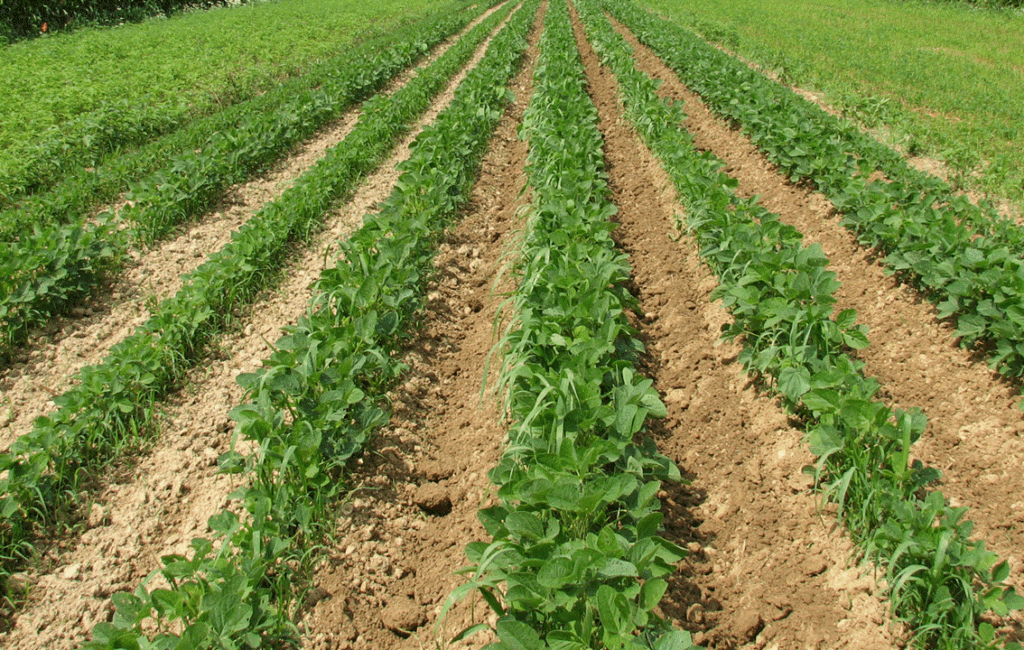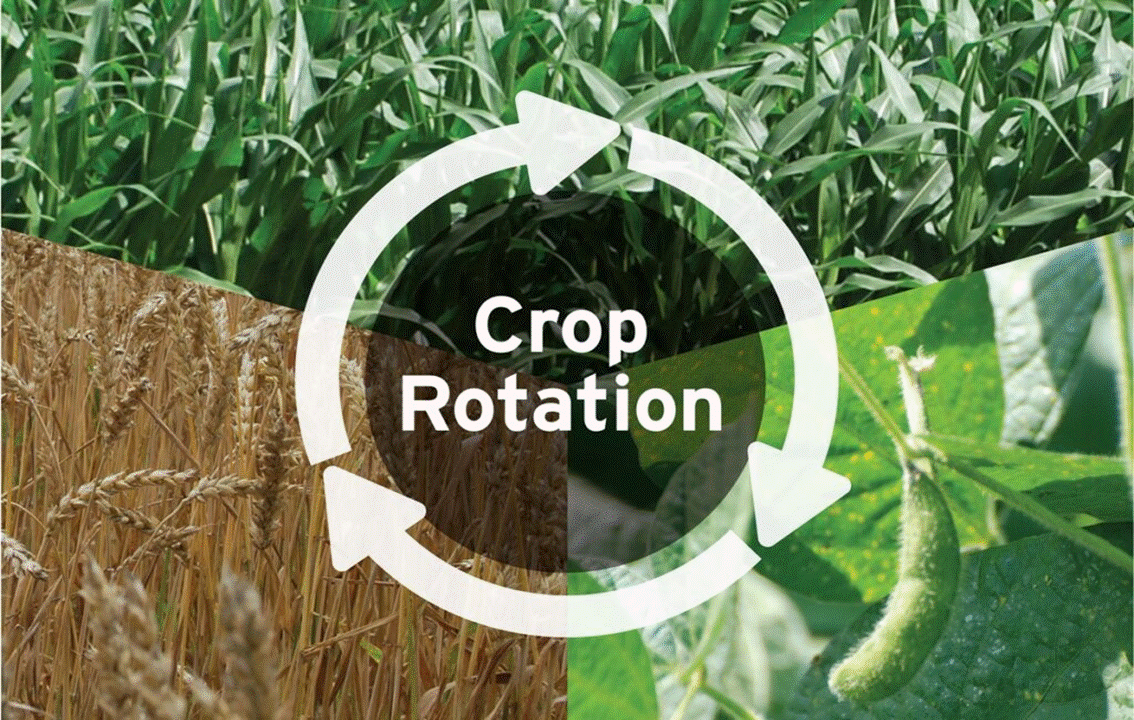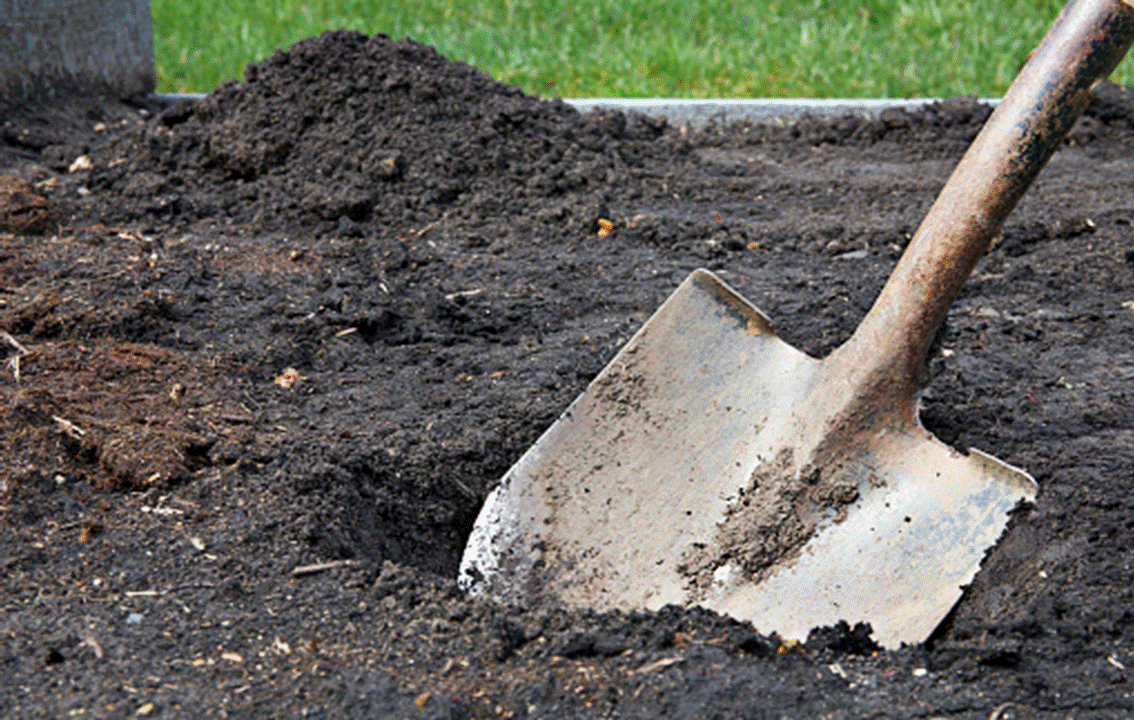REGULAR CROP ROTATION
Regular crop rotation is essential for maintaining soil health, and it is found to reduce pests and disease, whilst optimising the soil’s nutrient levels. Diversifying crops also reduces the risk of crop failure and improves overall garden resilience. Garden layouts should be organised with this in mind, and specific areas or raised beds for different plant families should also be used to streamline an efficient crop rotation program.
ROTATING VEGETABLE PLANT FAMILIES
Vegetables are separated into four distinct family groups and a good way to implement crop rotation is to create a simple plan of action that rotates each of these family groups every growing season or annually.
The four vegetable family groups are as follows
Nightshades: These include tomatoes and peppers.
Brassicas: These include cabbage and broccoli.
Legumes: These include beans and peas.
Cucurbits: These include cucumbers and squash.
By planning a planting schedule, diversifying crops, and keeping a close eye on soil health and pest management, gardeners will benefit from a thriving organic garden. Maintaining a simple log of what is sown where each season, and then noting successes and failures can help gardeners make informed decisions for future sowing. It is also proven that rotating crops disrupt the life cycle of harmful insects and that legumes generally enhance soil nitrogen levels which in turn improves soil health for subsequent crops.







